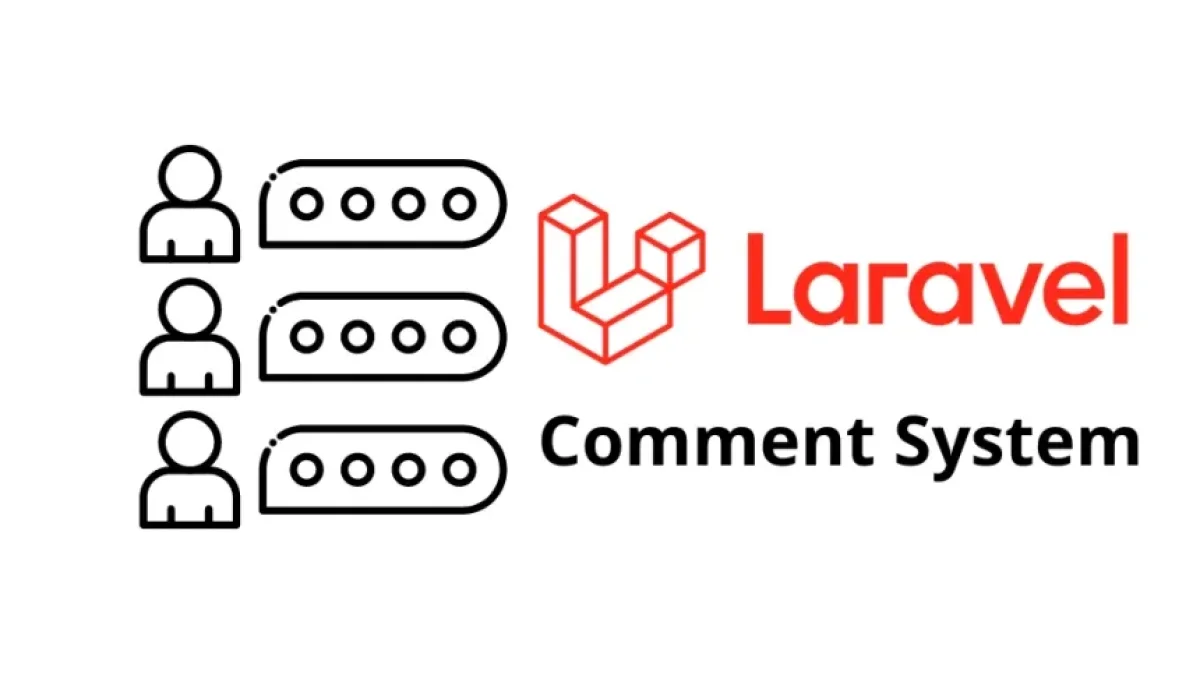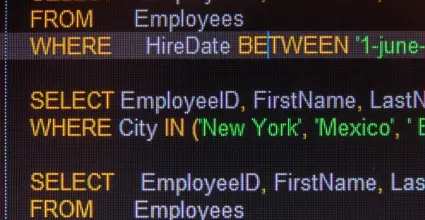Role and permission management in Laravel with Spatie


User management and permissions are a crucial aspect of web application development. In the Laravel framework environment, the Spatie library stands out as a powerful tool for implementing a role and permission system, allowing developers to efficiently control access to different sections of their applications. In this article, we will explore how to use this library to manage roles and permissions.
What is Spatie and why use it?
Spatie is a web development company based in Belgium that has created a series of Laravel packages. One of the most popular is the "spatie/laravel-permission" package, which enables developers to assign roles to users and define specific permissions for each role. This library is highly configurable and easily integrates into new or existing projects.
Package Installation
To start using Spatie, the first step is to install the package via Composer. Open your terminal and run the following command:
composer require spatie/laravel-permission
After installation, it is necessary to publish the package configuration and the necessary migrations. This can be done with the following command:
Read also
php artisan vendor:publish --provider="Spatie\Permission\PermissionServiceProvider"
Once this is done, you will need to run the migrations to create the necessary tables in the database. This can be achieved with the command:
php artisan migrate
Implementing Roles and Permissions
With the package installed and configured, the next step is to define roles and permissions. You can easily do this using the API provided by Spatie.
Creating Roles and Permissions
To create new roles and permissions, you can use the following code in your controller or in a seeder:
Read also
use Spatie\Permission\Models\Role; use Spatie\Permission\Models\Permission; Role::create(['name' => 'admin']); Permission::create(['name' => 'edit articles']);
Assigning Permissions to Roles
After creating roles and permissions, the next step is to assign permissions to a role. For example, if you want the "admin" role to be able to edit articles, you can do the following:
$role = Role::findByName('admin');
$permission = Permission::findByName('edit articles');
$role->givePermissionTo($permission);Assigning Roles to Users
Once roles and permissions are configured, you can assign a role to a user in this way:
$user = User::find(1); // Find the user by their ID
$user->assignRole('admin');Permission Verification
One of the great advantages of Spatie's package is the ease of permission verification. You can do this in your controllers or views:
if ($user->can('edit articles')) {
// The user has permission to edit articles
}Additionally, you can also check if a user has a specific role:
if ($user->hasRole('admin')) {
// The user is an administrator
}Conclusions
Managing roles and permissions in Laravel through the Spatie package is a straightforward and effective task. Its simple interface and extensive functionality enable developers to implement a robust and scalable access control system. By following the steps mentioned, you can quickly set up a system that fits your application's needs.
If you found this information useful and would like to learn more about similar topics, I invite you to visit my blog to discover more news and tutorials.



















